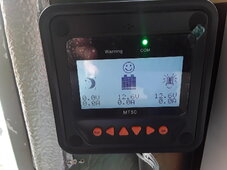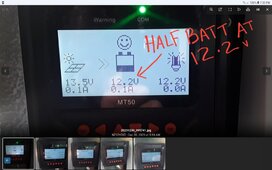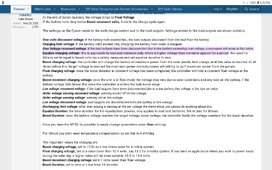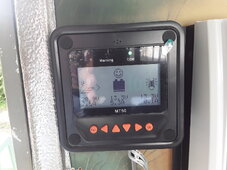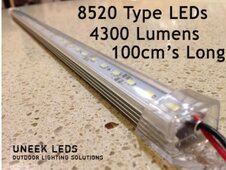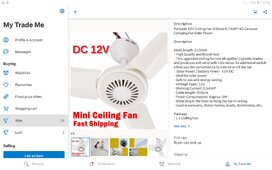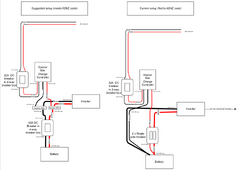Whats_per_question
New Member
Yeah - There's a lot of that on the web, we all need to get better at quoting our sources.a clip I watched so he was wrong too in explaining,
At least when you try to quote your source, and it starts with "someone told me ... " rather than "the manufacturer of XYZ battery says ..." you can jolt yourself into rethinking the validity of the idea.
We could start another round of debate on whether MC4 connectors should be disassembled before installing, or left as-one as per the manufacturers instructions, but that's for another day.
I'm thinking that Kapati will get a cracker day today, its looking great all the way from Wellington to at least Kawhia



